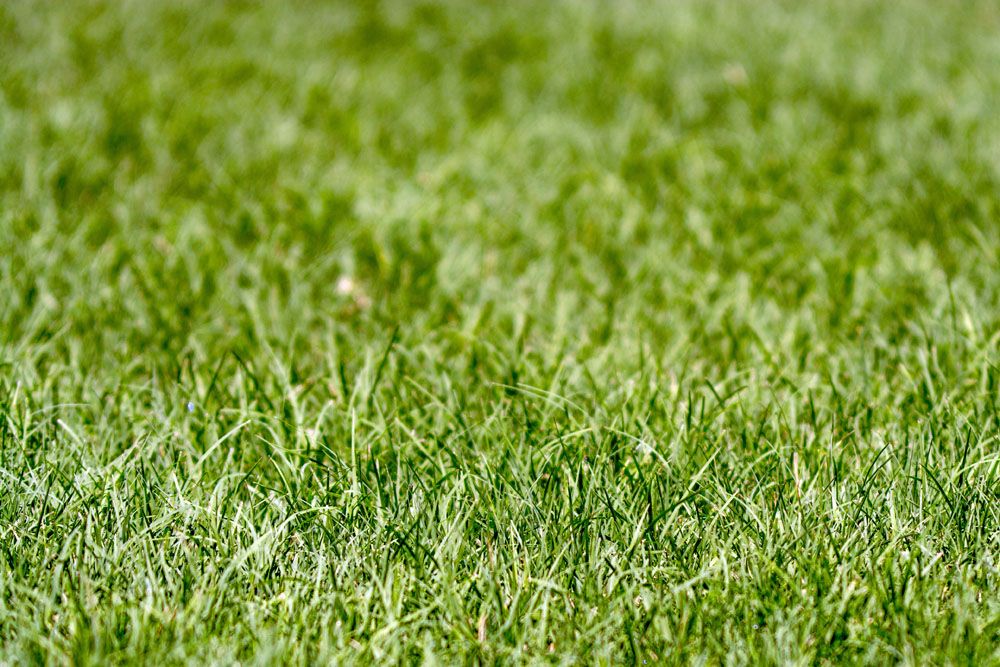
Cynodon dactylon – Common Bermudagrass
Common Bermudagrass (Cynodon Dactylon): Management and Control
Bermuda grass is a tropical grass that may be found in all tropical and subtropical regions. It is particularly drought and grazing resistant, making it extremely desirable for pasture. It has a modest nutritive value. Many distinct kinds and hybrids have been produced for various growing situations. Bermudagrasses often known as wiregrass, are widely planted in South Carolina. They’re usually seen on golf courses, sporting fields, tennis courts, bowling greens, and high-quality lawns. Bermudagrass can also be utilized as a single species stand or combined with other low-maintenance grasses for pastures.
They are most commonly employed in regions where fine-textured, high-quality grass is required for sporting activities and maintenance costs are appropriate. On a smaller scale, bermudagrass is employed to prevent erosion in regions where a vegetative cover is required, but establishment and long-term management strategies are restricted. Bermudagrass is native to Africa, where it grows well in rich soils.
Cultural Control
Maintaining a healthy lawn via regular mowing, adequate fertilizer, and soil pH control is the greatest strategy to avoid or limit weed encroachment. Maintaining a lawn properly through these cultural activities creates thick and robust turfgrass and helps the turfgrass to compete with weeds more effectively. With less severe infestations, manual eradication of bermudagrass may be essential in addition to lawn management techniques.
Bermudagrass does not grow well in poorly drained soil. Irrigation must be tightly regulated on compacted areas and thick clay soils to avoid soggy situations. Core aeration and topdressing with sand or an aggregate material such as Turface may frequently increase water penetration on hard, compacted surfaces. Water penetration will also be hampered by the presence of a thick thatch layer. Thatch removal with vertical mowing and core aeration enhances water penetration and minimizes the need for irrigation.
